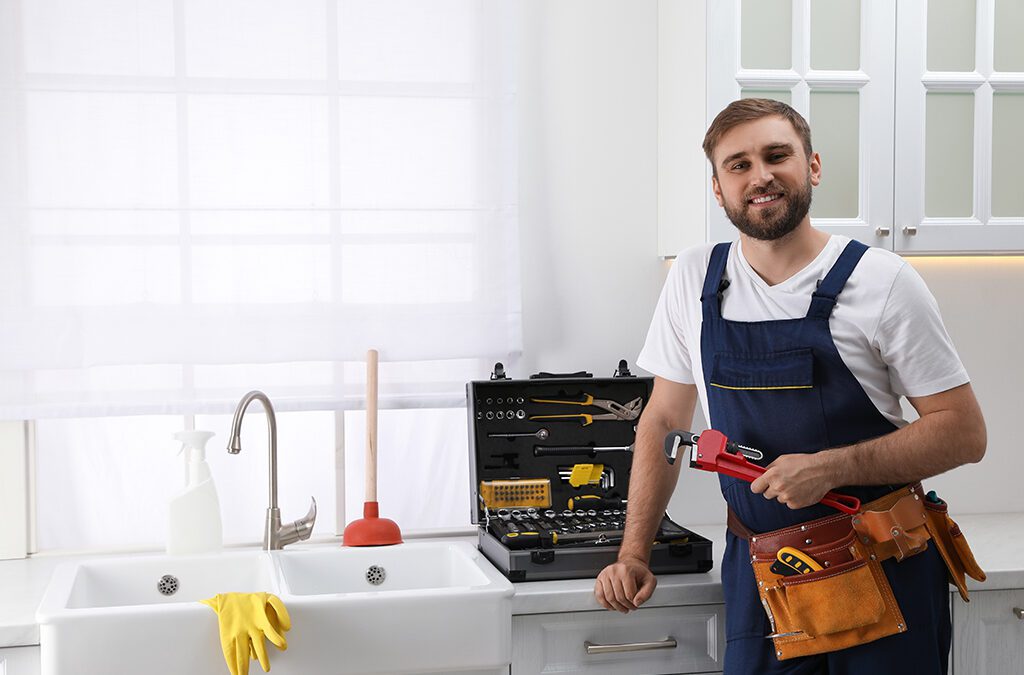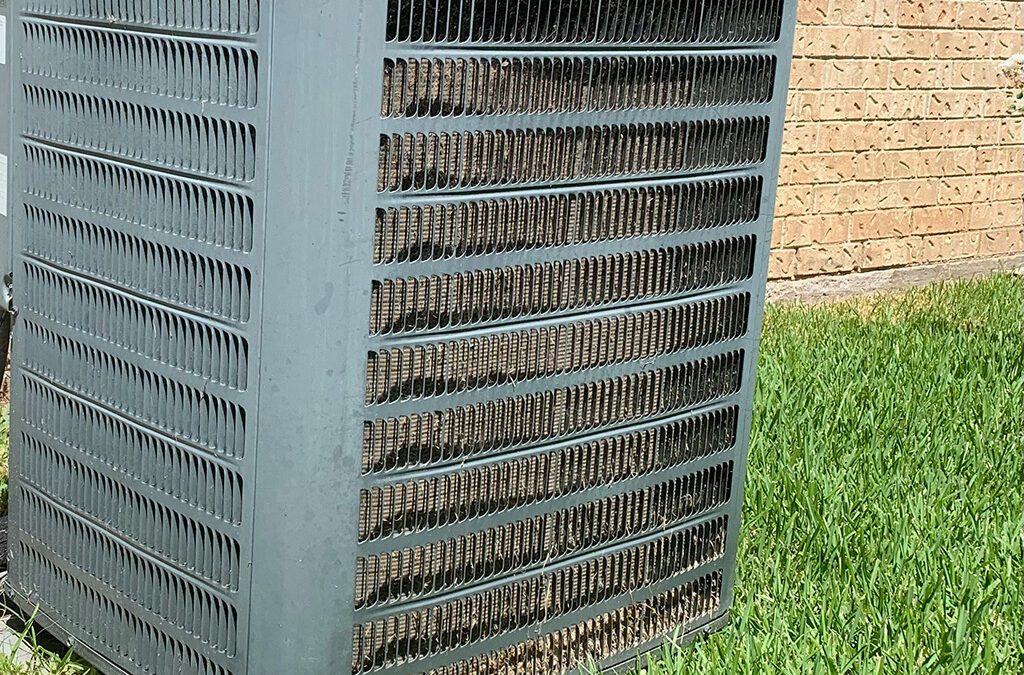You’ve probably tried it yourself, closing a vent and shutting off a room to help decrease the amount of energy it takes for climate control in your home. Whether you’re in an apartment or a house, most people do this in an attempt to cut costs because why would you need to control the climate in a room you aren’t using. Unfortunately, the energy savings from this are a myth, and it can have a few unintended side effects as well. All because of how air flow and your air conditioner work.
Ventilation Pressure
Most home air conditioners only have one setting for cooling. The unit is either cooling, or it’s off. When the system turns on, a blower fan moves the air through the ventilation ducts at the same rate. There are no variable speed controls or different intensities, simply ‘move air’ and ‘cool off moving air.’
This means that cooled air moves through your ventilation shafts at set rate, based on the strength of the fan in your ventilation. Your HVAC system has, hopefully, been sized correctly to cool your entire house. Sizing an air conditioner requires knowledge of the total home and the length of ventilation ductwork that it needs to move through. Your air conditioner has been fitting to cool all rooms in your home as close to equally as possible. When you close a vent, you change the shape of your house.
Because your central cooling system can’t tell the difference, closing a vent creates backpressure in the ventilation system. When you close a vent, air pressure inside the ductwork fills that close space as if it were a room. Essentially, it creates a wall of air in a dead-end. That wall forces your blow fan to work hard to keep air moving at the same rate since it can’t flow freely. Here are a few results of backpressure:
Loss of sealant as pressure builds in the system and forces its way out of the ductwork. All of that pressure has to go somewhere. So yes, some of it escapes in the form of higher pressure air in the still-open ducts, but it also searches for new avenues of escape. Backpressure can generate or exploit holes and leaks in your ventilation system, making them worse.
Negative pressure spaces are another problem. The return registers in those sealed rooms will still try to draw air. This creates a negative pressure space in the room, which can lead to drawing outdoor air into the home, or pulling air in from the roof.
Freezing evaporator coils can become a problem with too many rooms closed off. If that cold air has nowhere to go, backpressure can keep it stagnant near the evaporator coils. Frost can form on the coils, reducing their effectives to the point where they stop cooling the air at all. It can even lead to moving still-cold coolant back to the compressor where it freezes condensation on the condenser coil, making it impossible for your air conditioner to cool the air at all.
Aging parts are normal, but made worse by excessive work. Because of the backpressure issues (especially if your thermostat is in a sealed room), air conditioners can end up running for longer or more often, causing them to overwork and age faster. The same is true for blower fans which typically only move at one speed and may overwork, drawing more power, to try and keep air flowing at a steady rate.
While most of the time, closing a vent won’t cause too many problems, it’s also unlikely to be much of a benefit to you when it comes to energy efficiency. Your best alternatives are to get a more energy efficient, properly sized HVAC system, or install some form of zoning control that intelligently adjust room temperatures independently.
Metro Plumbing, Heating, and Air Conditioning is the service company you want! Call us today at (423) 616-1025!



